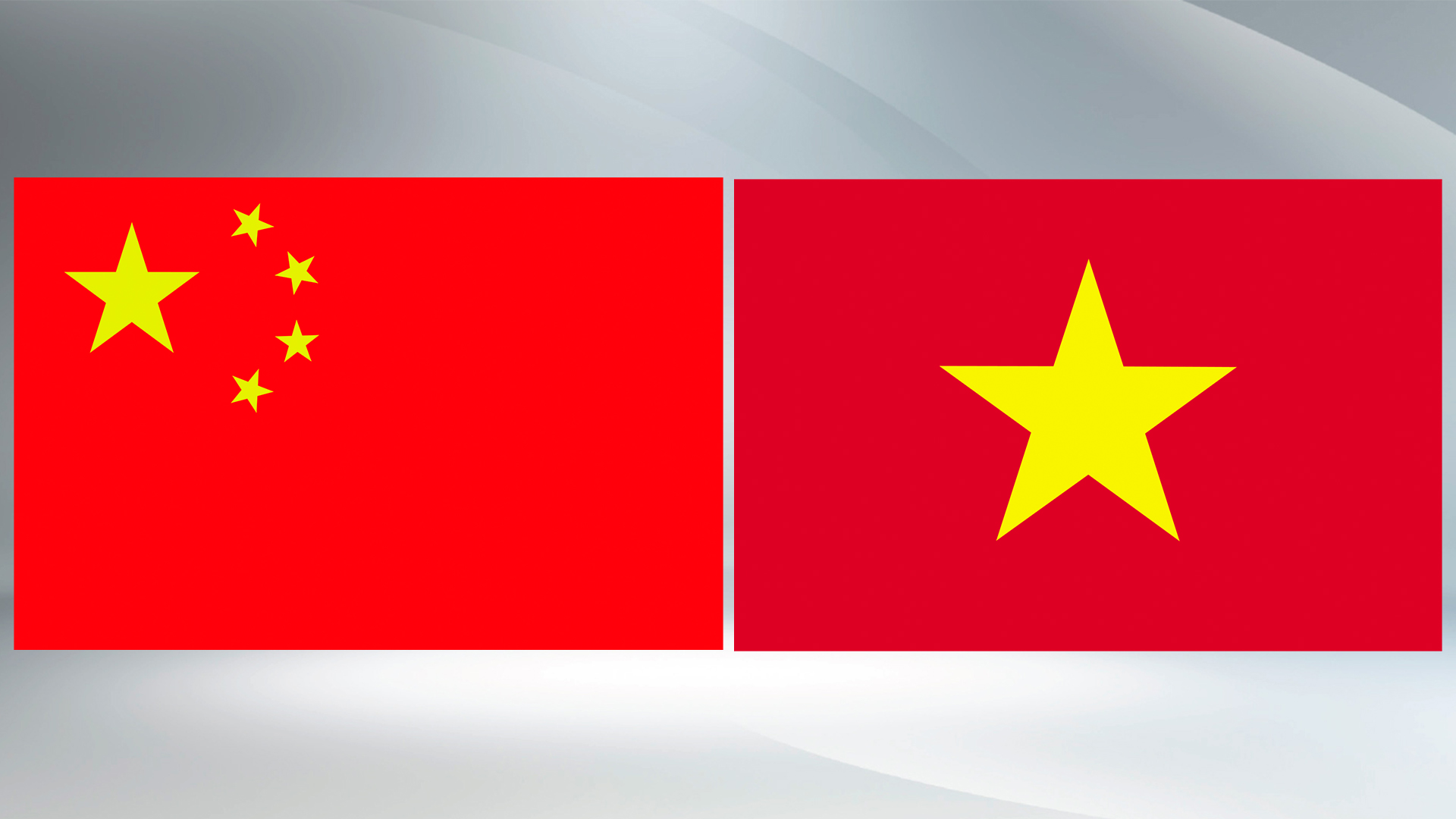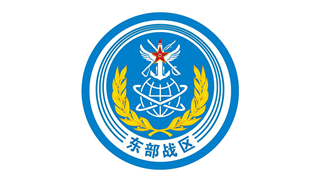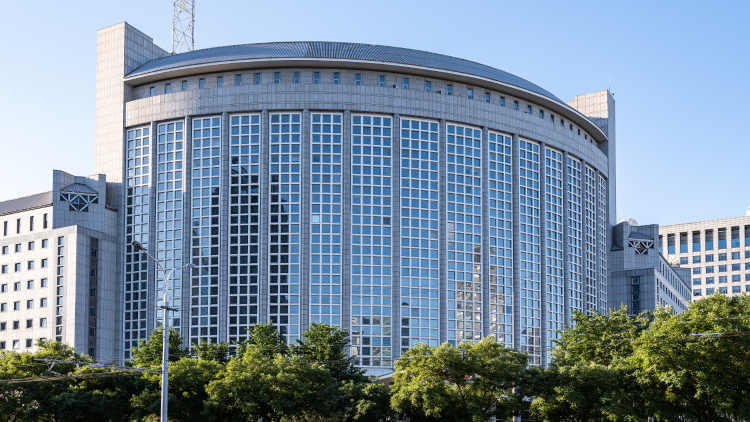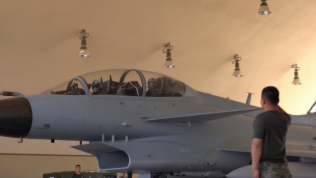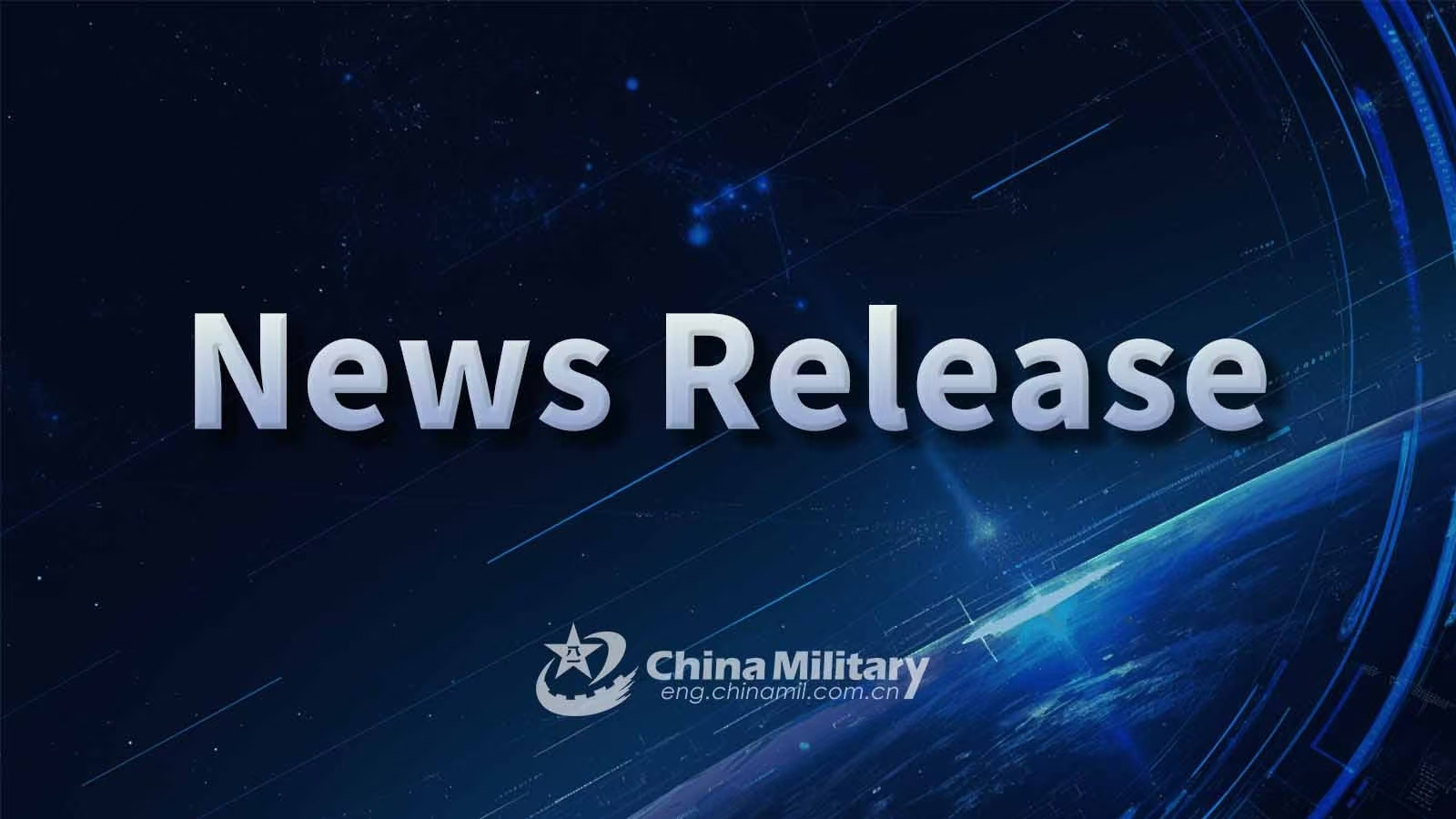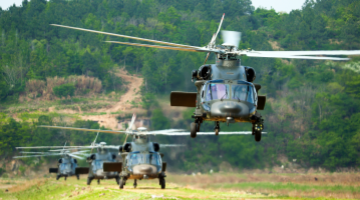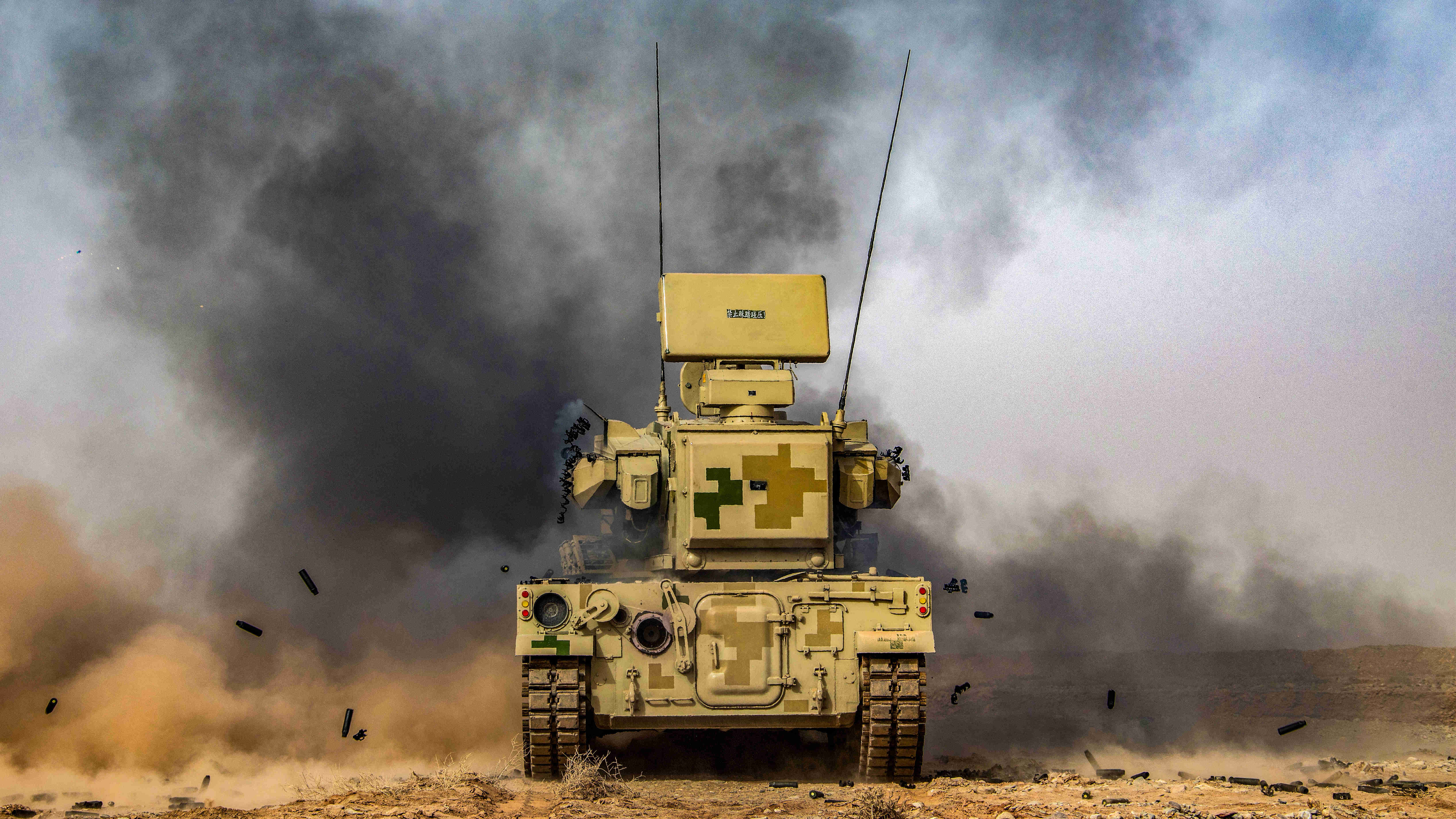By Gao Wanying
On May 6, Omani Foreign Minister Sayyid Badr bin Hamad bin Hamood Albusaidi announced on social media that the US and Yemen's Houthi had reached a ceasefire deal, under which both sides agreed to halt hostile actions against shipping in the Red Sea and Bab el-Mandeb Strait.
Given the relentless pressure on the Houthis of President Donald Trump after taking office, the news may appear unexpected to the international community. However, considering the core interests of both the US and the Houthis, as well as the roles played by countries such as Oman and Iran, the US-Houthi ceasefire deal also seems to follow a certain logic.
The situation has forced the US to return to the negotiating table. Trump is once again championing the "America First" agenda after returning to the White House. Against the backdrop of tariff wars and strategic retrenchment of the US, continued Houthi attacks on commercial vessels and US warships in the Red Sea have not only driven up shipping costs and intensified inflation but also compelled the US to divert more resources to the Middle East. These challenges have become stumbling blocks on the path to "Making America Great Again." As a result, after beginning his second term, Trump initially adopted a hardline stance toward the Houthis, attempting to force their submission through military means. However, facts have shown that such an approach yielded little return for great effort.
When military measures were in vain, Trump shifted course and began exploring negotiations as a way to resolve the "Houthi problem." For Trump, reaching an agreement with the Houthis just ahead of his visit to Saudi Arabia, the UAE, and Qatar serves multiple purposes. It allows him to reaffirm his "America First" commitment and showcase his ability to address complex regional issues, which will not only build momentum for his first overseas trip in his second term but also strengthen his hand in future negotiations with Gulf countries.
As a key member of Iran's "Axis of Resistance," the Houthis remain the only regional armed group that continues to confront both the US and Israel head-on. By launching attacks on vessels in the Red Sea and carrying out long-range strikes against Israel, the Houthis aim to tie the Gaza issue to their own interests. This strategy is intended to boost their legitimacy in the Arab world, consolidate their hold on power in Yemen, and expand their influence across the region.
Although recent US airstrikes have failed to dislodge the Houthis from key areas in Yemen, they have indeed weakened the group's control over ports and military facilities. A ceasefire with the US offers the Houthis a much-needed reprieve, allowing them to preserve their fighting capacity and avoid further attrition.
At the same time, while the truce has brought a halt to direct hostilities with the US, the Houthis have made it clear that it will not affect their military operations against Israel. This ceasefire deal without sparing Israel allows the Houthis to preserve their strength while staying true to their ideological commitments and maintaining their image as a force resisting Israeli hegemony. Furthermore, just before the announcement of the ceasefire (on May 4), the Houthis made a public declaration of imposing an "aerial blockade" on Israel, which further reinforced their resistance narrative and left room for future actions.
It is noteworthy that Oman, which has been mediating US-Iran negotiations over the past two months, is the very country that facilitated this ceasefire. As a Gulf state with a relatively unique relationship with Iran, Oman has served as a bridge for US-Iran secret talks since the Obama administration. According to Middle Eastern media reports, Iran also played a role in the US-Houthi ceasefire deal, while Israel seems to have been left in the dark. Perhaps in the earlier rounds of US-Iran negotiations, the international community still had doubts about whether both sides were truly committed to negotiations. However, the partial ceasefire in the Red Sea this time indirectly reflects the pragmatic attitude of the parties involved. To be specific, the US is willing to engage in a mutually beneficial exchange with the Iranian camp and temporarily overlook the concerns of its ally Israel, while Iran tacitly allows the "Axis of Resistance" to cease its attacks on US interests.
Currently, there are significant and unresolved differences between the US and Iran, and numerous issues still need to be addressed in their negotiations. However, based on the current developments, it seems that both parties are motivated to come to a deal.
Editor's Note: Originally published on china.com.cn, this article is translated from Chinese into English and edited by the China Military Online. The information and opinions in this article do not necessarily reflect the views of eng.chinamil.com.cn.






